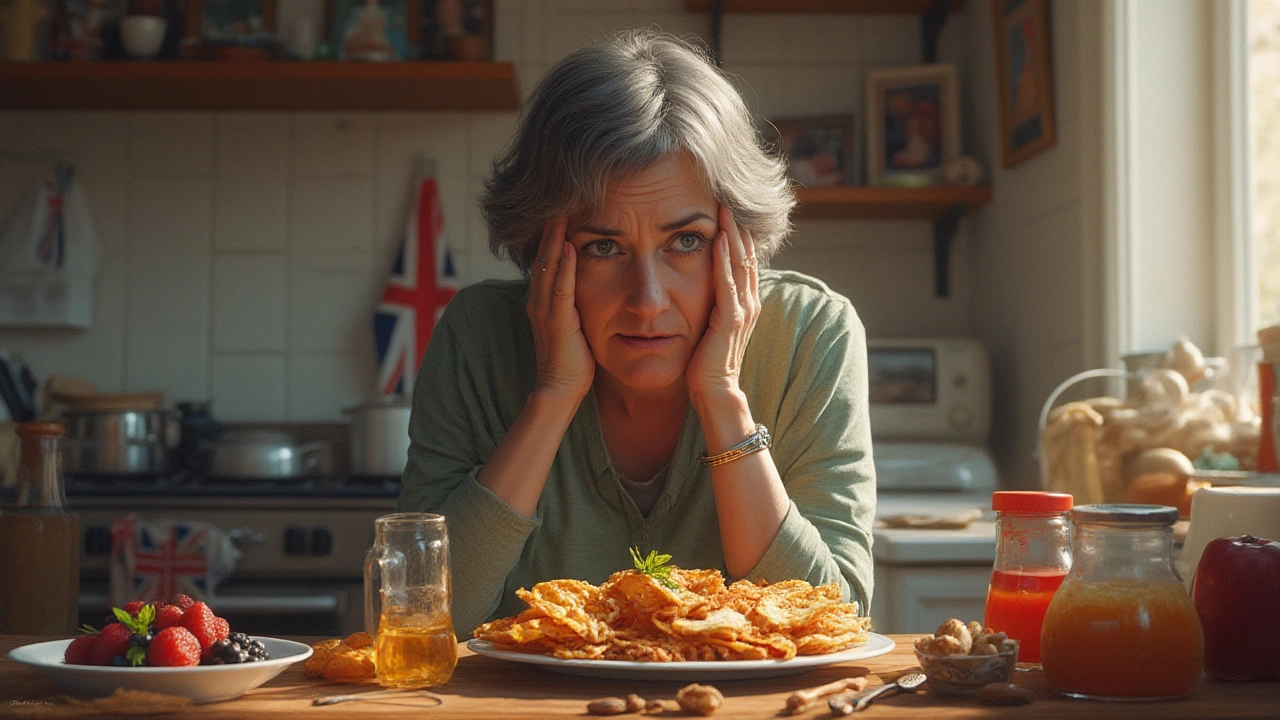Sugar: What Every Parent of Young Children Should Know
When you hear the word "sugar," you might think of candy or birthday cakes. But for kids under five, sugar plays a bigger role in how they feel, learn, and grow. Understanding the basics can help you keep snack time happy without overdoing it.
Why Too Much Sugar Can Be a Problem
Kids need energy to run, play, and focus in class. Sugar gives a quick burst, but the lift often fades fast, leaving them cranky or tired. High‑sugar foods also crowd out healthier options like fruits, veggies, and protein. Over time, too much sugar can lead to weight gain and stronger cravings for sweet stuff.
Research shows that children who eat a lot of sugary drinks may find it harder to concentrate during lessons. It’s not that a little sweetness will ruin a day, but steady habits matter more than occasional treats.
Smart Ways to Balance Sugar in Your Child’s Diet
Here are easy steps you can try right now:
- Read labels. Look for added sugars in drinks, yogurts, and cereals. Ingredients like "corn syrup" or "honey" count as added sugar.
- Swap sugary drinks. Offer water, milk, or unsweetened fruit juice diluted with water. Kids often enjoy a fun straw or colorful cup.
- Choose whole fruit. Fresh apple slices, berries, or banana chunks give natural sweetness plus fiber.
- Make snack combos. Pair a small treat (like a couple of raisins) with protein such as cheese or nut butter. This slows sugar absorption.
- Set a routine. Keep snack times predictable. When a child knows when to expect a snack, they’re less likely to demand sweets all day.
Remember, it’s okay to have a treat now and then. The goal is balance, not perfection.
At Nottingham Nursery School, we model these habits through play and daily meals. Children learn to choose fruit over candy, and teachers talk about why it matters. When you reinforce the same ideas at home, kids get a clear, consistent message.
If you’re curious about how much sugar is safe, the World Health Organization suggests limiting added sugars to less than 10% of daily calories for kids. For a typical preschooler, that’s roughly 25 grams a day – about six teaspoons. A regular soda can already contain 10 teaspoons, so swapping it for water makes a big difference.
Feeling overwhelmed? Start small. Pick one sugary snack to replace each week. Celebrate the swap with a fun activity, like painting a fruit picture or baking oatmeal cookies with a dash of cinnamon instead of sugar.
By keeping sugar in check, you’re giving your child steady energy, better focus, and a healthier relationship with food that lasts into school and beyond.
Worst Eating Habit That Damages Memory: Foods You Should Avoid for Better Brain Health
Find out the #1 worst eating habit robbing your memory, plus science-backed facts and easy tips to protect your brain for focus and sharpness.
